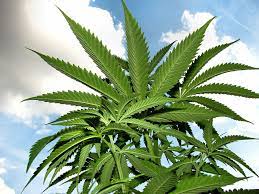Hemp vs Cotton
Hemp vs Cotton. As we journey towards a more sustainable future, the materials we use every day come under scrutiny. In the textiles world, two contenders often spark discussion: hemp and cotton. Let’s delve into a comparison of these two widely used fibers.
Environmental Impact
Hemp is an exceptionally sustainable crop. It requires less water, grows in diverse climates, and matures quickly. Additionally, it improves soil health by replenishing vital nutrients.
On the other hand, cotton, especially non-organic, is more demanding. It requires extensive water and is often grown using harmful pesticides and fertilizers. Unfortunately, this has led to soil degradation and water pollution in many cotton-growing regions.
Durability and Comfort
When it comes to durability, hemp outperforms cotton. It is one of the strongest natural fibers, resulting in long-lasting products. Additionally, hemp fabric becomes softer with each wash, adding to its appeal.
Cotton, while also comfortable and breathable, is less durable. Over time, cotton products tend to wear out faster, requiring replacement and contributing to consumer waste.
Versatility
Both hemp and cotton are incredibly versatile. They can be woven into various types of fabric and used to produce a wide range of products, from clothing to home goods.
However, hemp has additional uses that extend beyond textiles. Its seeds are highly nutritious, and its stalks can be used in construction materials, among other applications.
Cost and Accessibility
Cotton has the upper hand in terms of cost and accessibility. Widely grown and used worldwide, making it generally cheaper and more readily available.
Hemp, although gaining popularity, is often more expensive. This is due to various factors, including the cost of processing and less widespread cultivation.
In conclusion, while cotton continues to be a staple in the textile industry, hemp presents a compelling, more sustainable alternative. With its lower environmental impact, superior durability, and additional uses, hemp demonstrates its potential as a future-forward fiber. However, barriers to its widespread adoption, such as cost and accessibility, need addressing. As consumers become more environmentally conscious, the shift towards more sustainable materials like hemp is an encouraging sign for our planet’s future.
Click here to read similar articles.



Add Comment